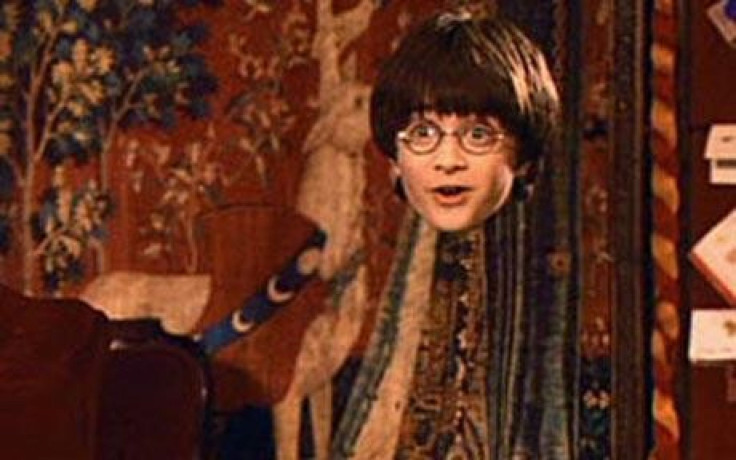Harry Potter's Invisibility Cloak Becoming a Reality

According to the legends made familiar by Harry Potter series, the Cloak of Invisibility has the power to shield the wearer from being seen by Death. It is a true invisibility cloak, in the sense of being able to completely shield the wearer from sight, and cannot be worn out by time or spells.
Though the "real" invisibility cloak wouldn't save the wearer from death, true to its name, it can actually make the shielded object invisible. According to a research paper titled, "Invisibility cloaking without superluminal propagation," published on Monday by Janos Perczel of School of Physics and Astronomy, University of St Andrews, Tomá?s Tyc, Faculty of Science, Kotlarska and Ulf Leonhardt, Faculty of Informatics, Masaryk University, Czech Republic, optical invisibility cloak design is within human reach and doesn't require superluminal (faster-than-light) propagation within it.
Although scientific experiments tried building invisibility cloak with varying success, an invisibility cloak as envisaged in Harry Potter or Star Trek series was thought to be near impossible, because to make an object literally vanish before a person's eyes, a cloak would have to simultaneously interact with all of the wavelengths, or colors, that make up light.
An invisibility cloak works by diverting light within it so that the light avoids a certain volume or void within which an object could be placed, says a report in OptoIQ. The cloak's task is to reshape the light in such a way that the light illuminates the space as though the cloak (and the object it shields) weren't there.
But the idea was not a practical possibility so far because such cloaks are very difficult to make operable at optical frequencies, as the ideal optical materials do not exist.
Other approaches involving existing materials "took a point in a Euclidean grid and expanded it into a sphere, also transforming the space around it in a smooth way," but were deemed impossible owing to a superluminal velocities of light that skims the edge of the sphere.
However, the St. Andrews student, Janos Perczel, figured out a way to skip the practical impossibilities by "inserting a transformed and mirrored Maxwell's fish-eye lens into the depths of the cloak; in the 2D model, this left an almond-shaped cavity into which things could be hidden."
The present model created by the researchers is 2D but a 3D version is well within the reach.
© Copyright IBTimes 2024. All rights reserved.












